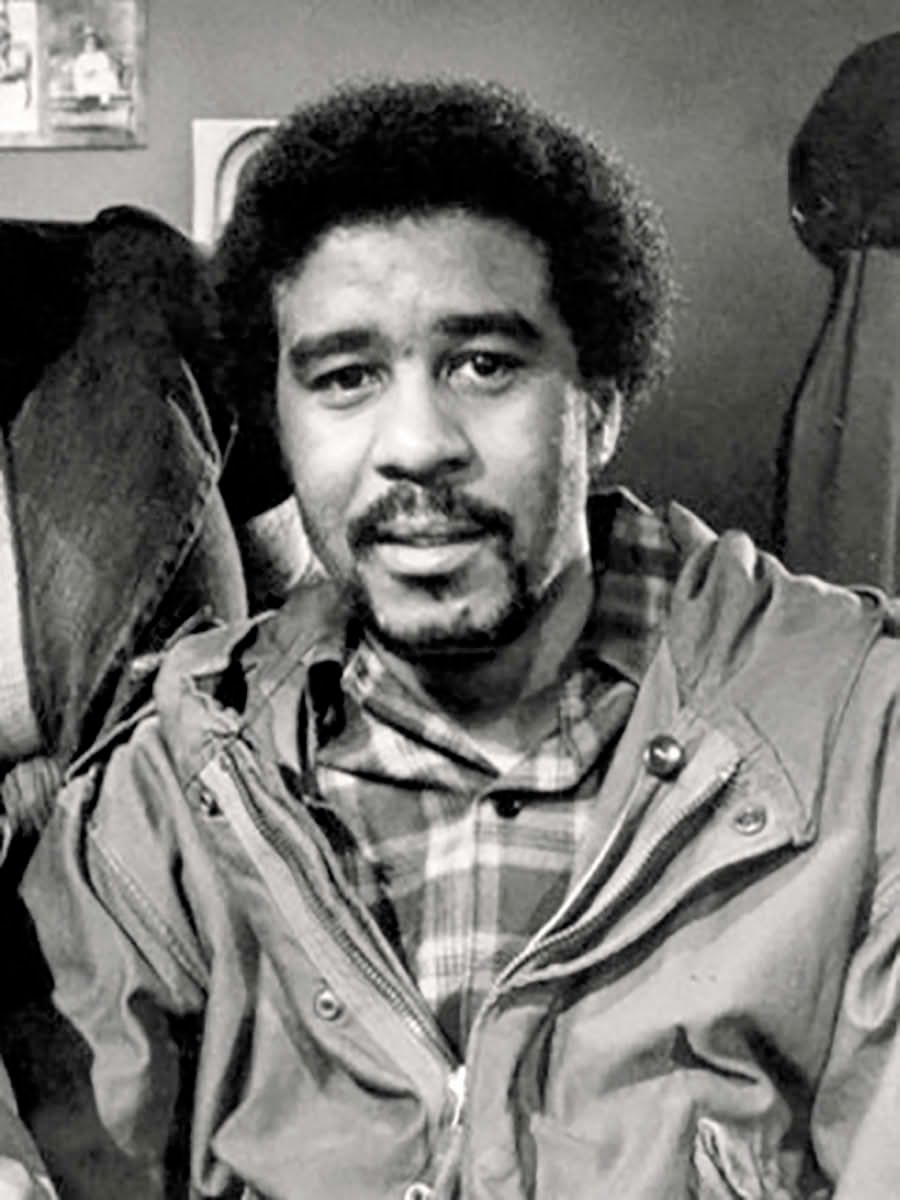Jerry Seinfeld once hailed him as the “Picasso of our profession,” a testament to his groundbreaking originality and profound influence. Chris Rock, another comedic titan, likened him to “comedy’s Rosa Parks,” recognizing his revolutionary spirit in challenging boundaries and paving new paths. These are just some of the accolades bestowed upon Richard Pryor, a man whose genius reshaped the landscape of stand-up comedy and left an indelible mark on cultural commentary.
Yet, behind the brilliant wit and the uproarious laughter, Pryor carried a storm of private battles, struggles that went largely unseen by his adoring audiences. His life was a stark tapestry woven with threads of deep-seated trauma, a relentless fight against addiction, and a series of tumultuous personal relationships. It was this very pain, however, that he bravely channeled into his art, creating a form of comedy so raw, so honest, and so powerful that it resonated with millions.
Today, we embark on a journey back in time, not just to celebrate the comedic icon but to understand the man behind the microphone, the individual who lived one of the wildest lives in history. We will delve into the profound experiences that forged his comedic voice, the demons he grappled with, and the revolutionary impact he had, even as his private world often teetered on the brink of chaos. Prepare to uncover the stark realities that fueled the genius of Richard Pryor, the comedian who made us laugh, even as his own smile often hid a storm.
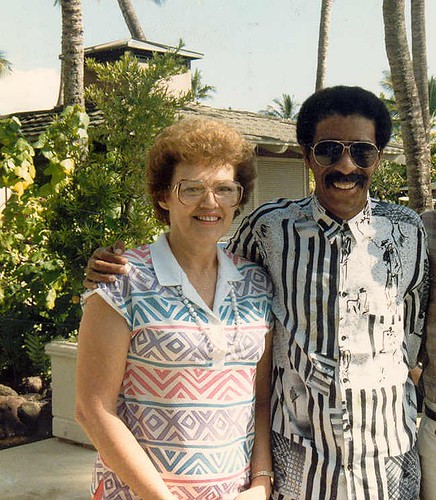
1. **Born into Turmoil: A Childhood in a Brothel**
Richard Pryor’s life began in the most challenging of circumstances, a stark reality that would undeniably shape his artistic expression. Born on December 1, 1940, in Peoria, Illinois, he entered a world defined by the “massage parlors” owned by his grandmother, one of which he called home for many years. His mother, Gertrude, was employed there, but her presence in young Richard’s life was fleeting, as she rarely saw him before eventually leaving for good.
His father, Buck, an ex-boxer and hustler, served as the brothel’s “muscle,” known for his skilled use of fists. Buck’s cold and uncaring nature extended to both his son and his wife, often beating Gertrude in front of Pryor. This unstable and often violent environment, where his grandmother would even hide razors in her bra and make him cut branches for his own punishment, laid a foundation of hardship that would fuel Pryor’s later work, transforming his pain into a revolutionary comedic voice.
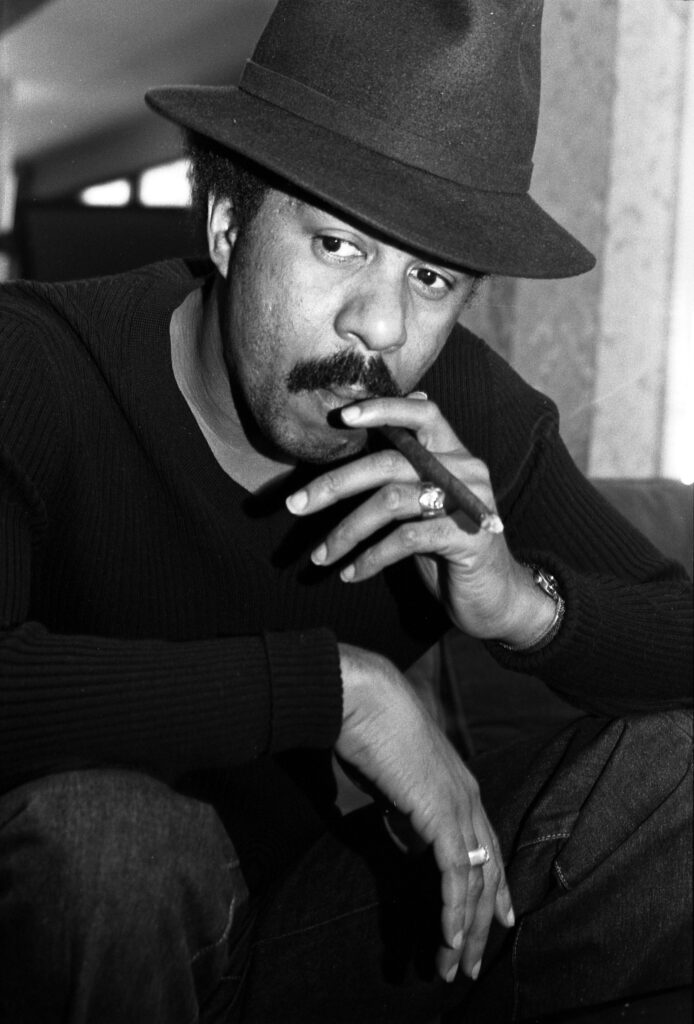
2. **Early Trauma and Abuse: The Scars of Youth**
The grim realities of Pryor’s childhood extended beyond the physical environment, leaving deep emotional scars that he would carry throughout his life. He recalled profoundly disturbing experiences, such as finding a lifeless baby in a shoebox within his home, and regularly witnessing violent fights in the bar next door. He also spied on his mother and her colleagues during their “work” and, in one particularly harrowing instance, saw his mother cut one of his father’s testicles during a brutal altercation.
These early traumas were compounded by personal violations. At the tender age of seven, Pryor was inappropriately touched by a teenager. Later, when he was just 14, he suffered further emotional and sexual abuse at the hands of a Catholic priest. These experiences of repeated victimization contributed to an incredibly dark childhood, forcing Pryor to seek coping mechanisms and find his own unique way to survive such profound adversity.
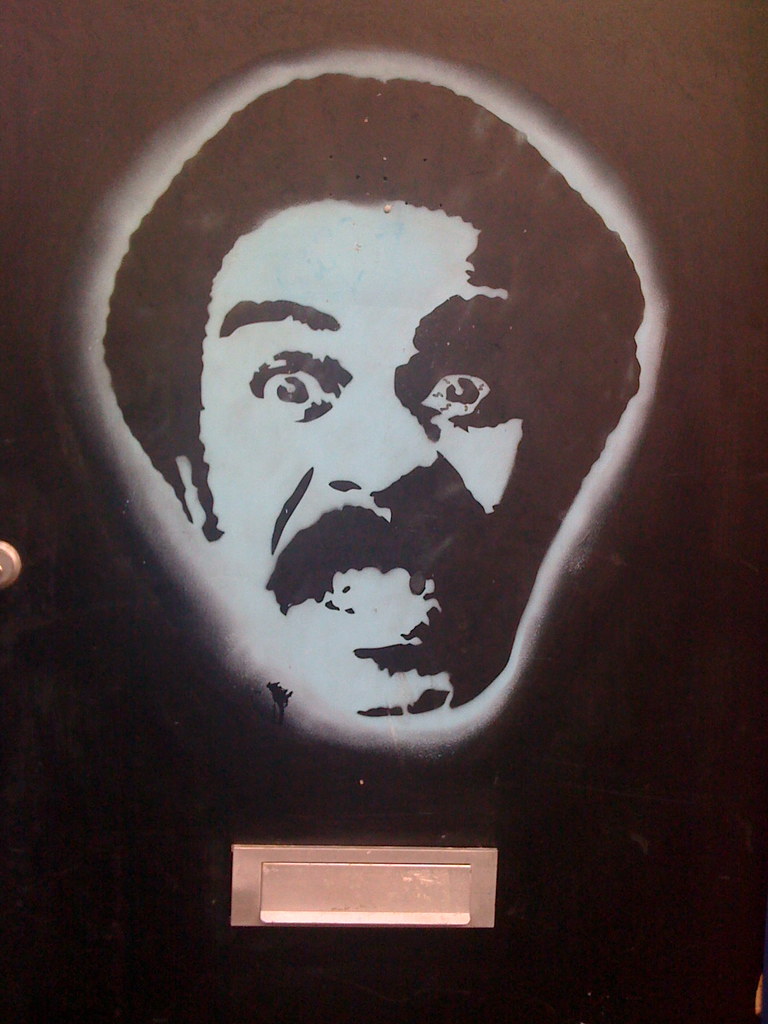
3. **Finding His Voice: The Birth of a Comedian**
Amidst the darkness of his early life, Pryor discovered the transformative power of laughter, not just as an escape, but as a tool for connection and survival. He realized he could make the women in his grandmother’s house laugh by intentionally falling off a railing of bricks. The true epiphany came when he slipped and fell in dog poo, an incident that, to his astonishment, made his usually stern grandmother laugh, marking what he famously called his “first joke.”
His budding comedic talent was further nurtured in school, where a perceptive teacher made a life-changing deal: if Pryor showed up on time, he could perform for the class for ten minutes every week. This became a powerful motivator, allowing young Richard to hone his slapstick routines and realize his love for entertaining an audience. Later, a local director cast him in a community center performance of Rumpelstiltskin, recognizing his innate talent and encouraging him to believe in himself, setting him on an unstoppable path toward a career in performance.
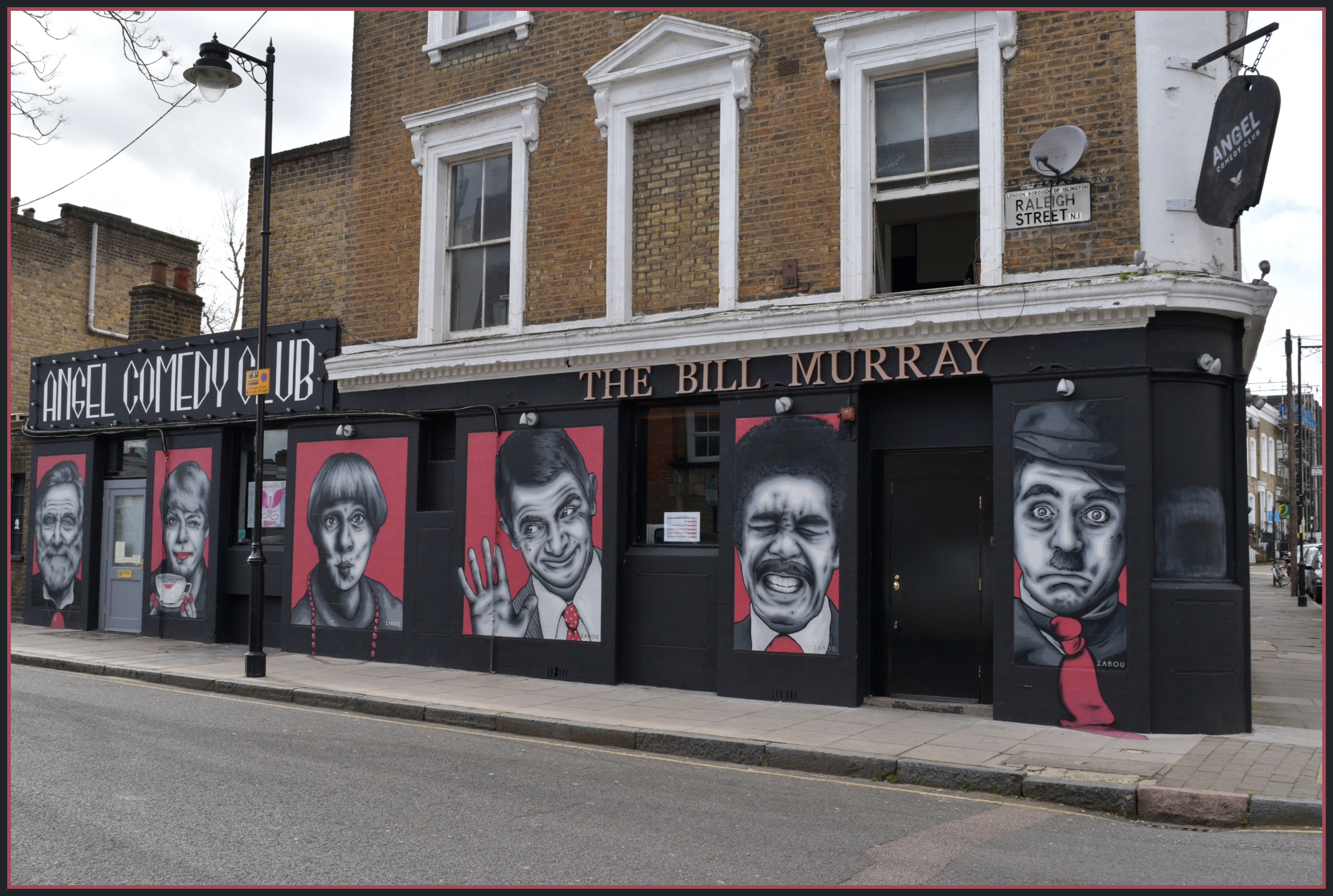
4. **From Stage Fright to Revolution: Forging a New Path in Comedy**
Richard Pryor’s journey to becoming a comedic icon was not an overnight sensation; it was a path fraught with self-doubt and the search for an authentic voice. After a stint in the military, he began performing in Midwestern clubs, eventually making the pivotal move to New York in 1963. There, he earned a chance to open for the legendary Nina Simone, who later recalled his intense stage fright, noting, “He shook like he had malaria.” In those early days, Pryor admitted he lacked his own comic voice, instead emulating established comedians like Bill Cosby.
This emulation, however, led to a profound internal conflict. One day, performing in front of a full house in Vegas, Pryor realized he felt like a fraud. In a defining moment, he abruptly walked off stage, vowing to discover his true comedic identity. He retreated to San Francisco, immersing himself in the counterculture, finding inspiration among poets and revolutionaries. This period of self-discovery allowed him to shed the constraints of conventional comedy and forge a revolutionary path, openly sharing observations about the Black American experience and using profanity, which, though controversial, fueled his meteoric rise throughout the ’70s.
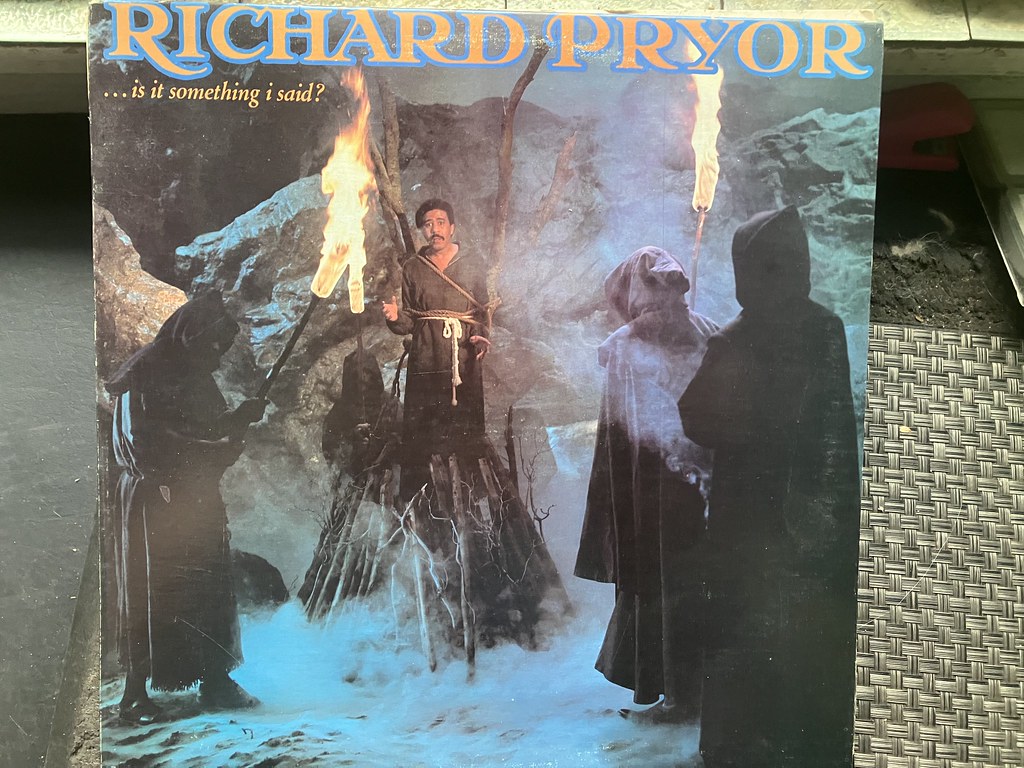
5. **The Allure of the Dark Side: A Battle with Addiction**
Richard Pryor’s transformative period of self-discovery also coincided with the deepening grip of illicit substances on his life. While the exact genesis of his addiction remains debated, it became profoundly entrenched during his time with comedian Redd Foxx in Los Angeles. Pryor himself vividly described this period, quipping, “I spent many nights when I felt as if we were in the [white stuff] Olympics,” illustrating the pervasive nature of his drug use.
His addiction spiraled dangerously, eventually leading him to spend upwards of $100 per day on crack. This escalating substance abuse fueled a pattern of erratic and violent behavior that frequently landed him in trouble. He was accused of assaulting a hotel clerk, using a fork to stab a landlord, and, in a particularly alarming incident in 1978, he attacked house guests. After asking them to leave, he pursued them, rammed their car with his Mercedes, and riddled their vehicle with bullets after they fled, showcasing the devastating impact of his addiction on his personal conduct.
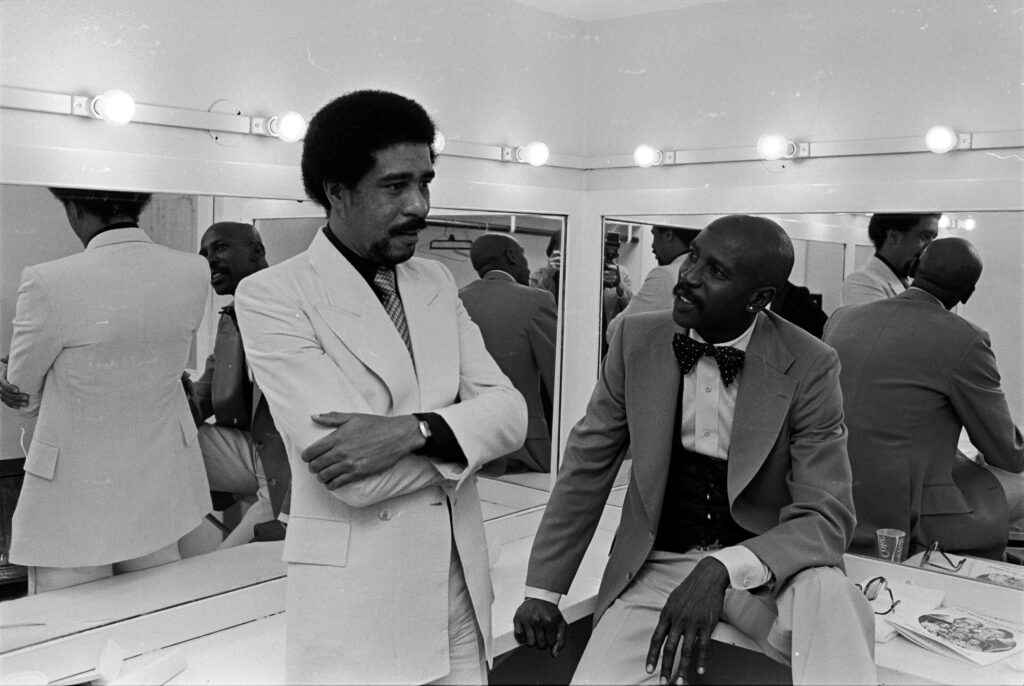
6. **The Fire: A Desperate Act of Self-Destruction**
The depths of Richard Pryor’s struggles with addiction and mental health culminated in a horrifying incident on June 9, 1980, that nearly cost him his life. While at home with friends, Pryor’s entire body caught fire. He instinctively jumped out of a window and ran down the street, his clothes melting and skin blistering, refusing help until policemen finally intervened and got him into an ambulance. For years, many, including Pryor himself, perpetuated the belief that the fire was an accident, a consequence of freebasing.
He even incorporated the terrifying event into his stand-up, joking, “One thing I learned was that you can run really fast when you’re on fire.” However, it wasn’t until a candid 1986 interview with Barbara Walters that Pryor finally admitted the truth: he had deliberately doused himself in rum and lit himself on fire in a desperate attempt to end his own life. Covered in third-degree burns, he underwent agonizing treatments, including antiseptic baths and hours in a hyperbaric chamber, narrowly escaping death from an act of profound self-destruction fueled by his internal battles.

7. **Volatile Relationships: Love, Betrayal, and Turmoil**
Pryor’s personal life was as tumultuous and unpredictable as his comedic genius, marked by a series of volatile and often heartbreaking relationships. His first marriage to Patricia Price, from his hometown, quickly dissolved after the birth of their son, Richard Jr., setting a pattern for his romantic endeavors. In total, Pryor married five women, a staggering seven times, divorcing two of them twice, a clear indication of his inability to find lasting stability in love.
His childhood, steeped in violence and the distorted view of women he encountered, profoundly impacted his adult relationships, leading him to often beat his wives and girlfriends. A particularly stunning example unfolded in 1977: while in a serious relationship with actress Pam Grier, Pryor began an affair with another woman, impregnated her, and then married her—all while Grier believed they were still a couple. To add to the cruel irony, he later dumped Grier not for the betrayal but because she dared to beat him at tennis. Another incident involved his third wife, Deboragh McGuire, when, during a New Year’s party, Pryor, in a fit of rage, ordered everyone to leave and fired shots at a friend’s car, showcasing the dangerous temper that plagued his personal connections and ended his marriage just four months after they tied the knot.

8. **Beyond the Binary: Pryor’s Evolving Sexuality and Unflinching Openness**
Richard Pryor, a man who broke boundaries in every aspect of his life, was also remarkably open about his sexuality, challenging the rigid societal norms of his era. He was openly bisexual, a fact he neither hid nor shied away from, sharing in his autobiography that he ‘never kept [his lover] a secret’ when exploring relationships beyond the conventional. This frankness was a testament to his authentic self, a persona that sought truth, no matter how unconventional or controversial.
The comedian reportedly had intimate relations with legendary actor Marlon Brando, a revelation that stirred considerable public discussion. While his daughter, Rain Pryor, and Brando’s son denied the affair, Pryor’s widow, Jennifer Lee Pryor, firmly affirmed it, contextualizing it within the free-spirited 1970s. Music producer Quincy Jones further corroborated this claim, solidifying Pryor’s image as a figure whose love and connections were unbound by gender, a true pioneer of personal liberation.

9. **Addiction’s Chilling Grip: The Shadow Over His Film Career**
Even as Richard Pryor’s star ascended in Hollywood, the insidious grip of his addiction cast a long, dark shadow over his burgeoning film career, proving to be a formidable adversary to his professional aspirations. Despite co-writing the screenplay for the iconic “Blazing Saddles,” the studio famously refused to cast him in the lead role, citing his notoriously unpredictable behavior as too great a risk. This painful rejection was a stark reminder of how deeply his substance abuse had permeated every facet of his life, impacting his potential for career-defining roles.
His struggles continued during other major productions, notably his collaborations with Gene Wilder. Wilder recalled Pryor missing a writing day for “Blazing Saddles” after mysteriously ending up in Cleveland with no memory of how he got there. By the time they filmed “Stir Crazy” in 1980, Pryor’s drug use was spiraling out of control. He was frequently late or absent from the set, isolating himself to freebase, even sharing illicit substances with inmates during filming in a prison. This erratic conduct frequently upset director Sidney Poitier, showcasing how his personal demons wreaked havoc on his professional commitments and relationships.

10. **Lingering Shadows of Abuse: A Painful Confrontation from the Past**
The profound traumas of Richard Pryor’s early life, particularly the sexual abuse he endured as a child, left indelible marks that continued to haunt him even at the height of his fame. These deeply buried wounds occasionally resurfaced in shocking ways, reminding him of a past he desperately tried to outrun. One particularly poignant and chilling incident occurred many years after his childhood, when a now-famous Pryor revisited his hometown of Peoria.
During this visit, the very molester who had victimized him as a child approached him, bringing his own son along and requesting an autograph. This surreal and deeply unsettling confrontation forced Pryor to face his abuser directly. Despite the immense pain and anger this must have evoked, Pryor signed the autograph, reflecting with a heavy heart, “I pray to God his son doesn’t have to go through what I did.” It was a testament to his complex character—a moment of quiet dignity and a profound, silent prayer for an innocent child, even in the face of his own enduring torment.
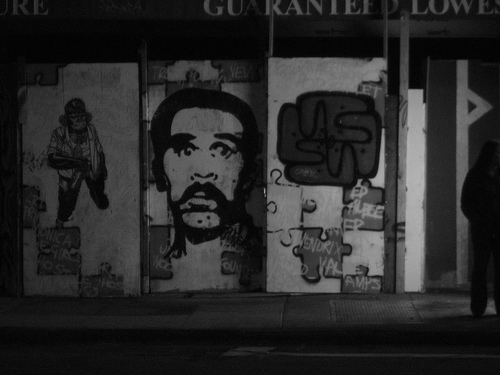
11. **The Invisible Barrier: Battling Illiteracy and Self-Doubt**
Beyond the public battles with addiction and the visible scars of his past, Richard Pryor grappled with a deeply personal and largely hidden struggle: illiteracy. This invisible barrier was a significant source of self-doubt and required immense courage to overcome, especially for a man whose profession demanded such verbal dexterity and quick wit. For someone so gifted with words, the inability to read fluently presented a profound challenge that few would have suspected.
It was during his relationship with actress Pam Grier that this vulnerability came to light. Grier, a compassionate and supportive partner, took it upon herself to help Pryor. She taught him to read, demonstrating the deep trust and intimacy they shared. This quiet act of guidance not only helped Pryor learn his lines by sounding them out but also allowed him to confront a hidden insecurity, highlighting a lesser-known facet of his complex persona—a genius of expression who had to painstakingly master the very tools of his craft.
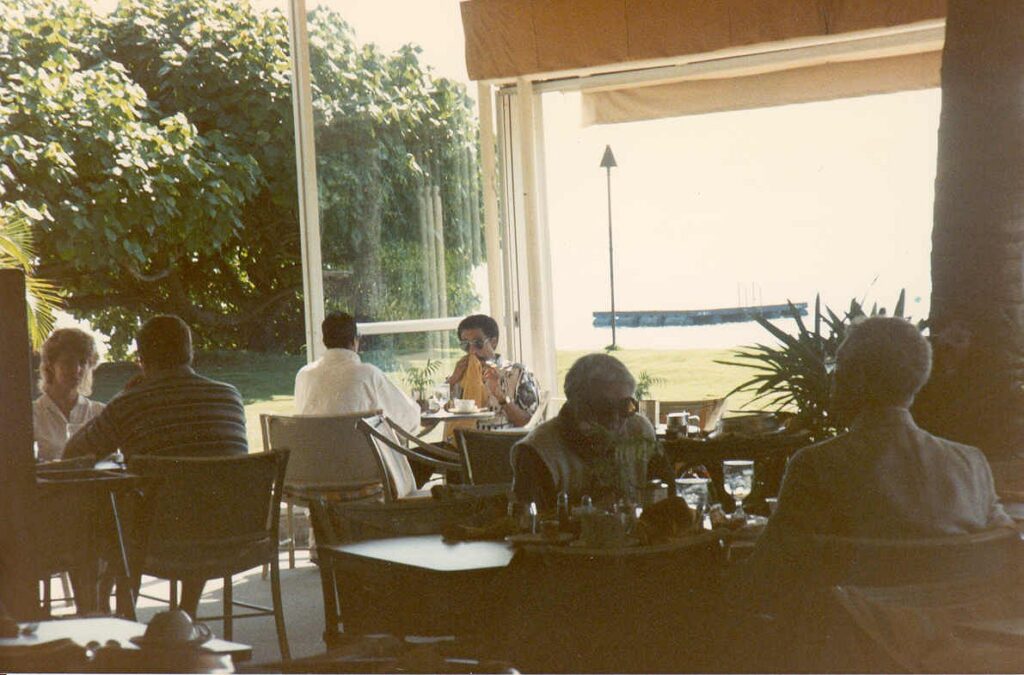
12. **A Body Under Siege: Pryor’s Health Battles and Unyielding Resilience**
The relentless pace of Richard Pryor’s life, coupled with years of substance abuse, inevitably took a heavy toll on his physical health, leading to a series of severe medical challenges. He suffered his first heart attack in 1977, a stark warning that his lifestyle was unsustainable. A second heart attack followed in 1990, and in 1991, he underwent triple bypass surgery, indicating the severity of his cardiovascular issues. Yet, these were only the beginning of his health struggles.
In the late 1980s, people noticed his significant weight loss, leading to speculation about AIDS. While that rumor was thankfully unfounded, Pryor received a devastating diagnosis: Multiple Sclerosis (MS). He would battle this debilitating neurological disease for the rest of his life, but true to form, he found a way to inject humor into his plight, famously joking, “It was as if God had all this [stuff] left over from the other afflictions and decided to throw it all into one disease called MS.” The disease relentlessly attacked his body, eventually impacting his ability to perform. He continued to do stand-up in the 1990s, albeit with noticeable health struggles, even using a power-operated scooter for his last film appearance in 1997’s “Lost Highway.” Tragically, MS eventually robbed the quick-witted comedian of his most vital tool: his voice, making it increasingly difficult for him to speak.
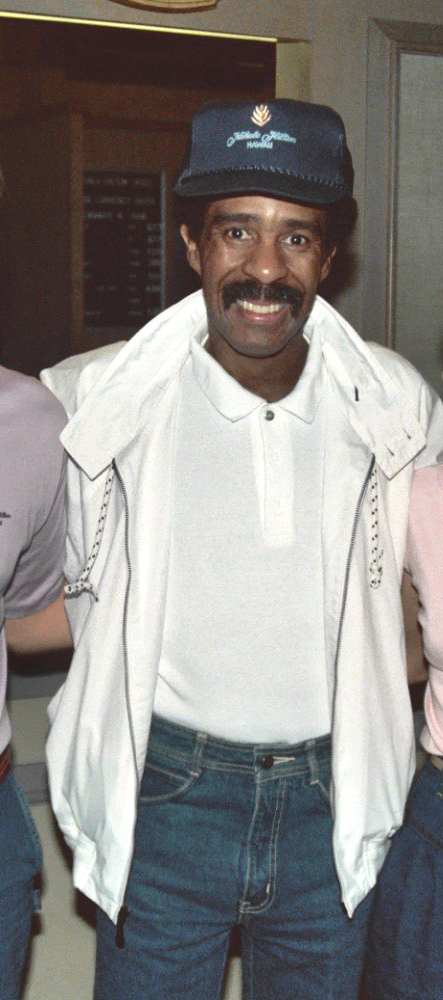
13. **Seeking Solace: The Tumultuous Path to His Final Marriage**
Richard Pryor’s personal life remained a whirlwind of unpredictable events and relationships, even as he grappled with addiction and health crises. After his fourth wife, Jennifer Lee, left him in 1981 due to his relapse following the self-immolation incident, Pryor navigated a period of intense personal chaos. He eventually kicked his addiction to illicit substances in 1983, and his career saw a revival. In 1986, he married aspiring actress Flynn Belaine, his fifth wife, but this union, like many before it, was short-lived, ending in divorce just a year later.
Yet, the drama continued unabated. Shortly after their divorce, Pryor and Belaine reconciled. However, in a truly wild turn of events, Pryor was simultaneously involved with another woman, Geraldine Mason, leading to the birth of two children with two different women in the same year. He had a son with Mason and a daughter with Belaine. Belaine and Pryor made another attempt at marriage in 1990 but finally divorced for good in 1991. It was after his MS diagnosis that Pryor found a measure of peace. He called Jennifer Lee, his fourth ex-wife, admitting his life was “a mess” and asking for her help. Lee moved back to LA, cared for him as his disease progressed, and they remarried in 2001, remaining together until his peaceful passing in 2005.
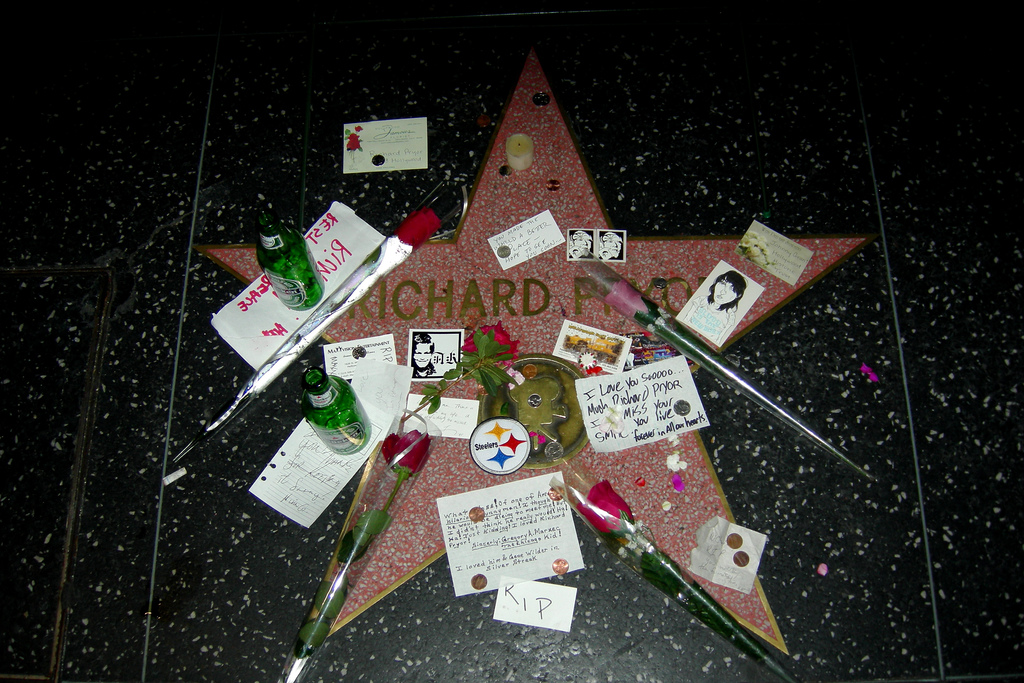
14. **The Enduring Flame: Pryor’s Unparalleled Legacy and Activism**
Richard Pryor passed quietly in December 2005, just nine days after his 65th birthday, a third heart attack finally bringing an end to his tumultuous yet profoundly impactful life. According to Jennifer Lee, he died with a smile on his face, a poignant symbol of the man who often hid a storm behind his laughter. His ashes were spread in Hawaii, as he had wished, marking the physical end of a journey that left an indelible mark on the world.
There is simply no denying the colossal influence Pryor’s brand of raw, honest, and socially conscious humor has had on generations of comedians, filmmakers, and cultural commentators. Luminaries like Damon Wayans and Dave Chappelle count themselves among his fervent admirers, and numerous publications consistently rate him as the greatest stand-up comedian of all time. His legacy is also visibly cemented in his hometown of Peoria, where artist Preston Jackson created a life-size bronze statue in his honor in 2015. Beyond comedy, Pryor was a man of many firsts: the first African American to host the Academy Awards and Saturday Night Live, the first to sign a $40 million deal with Columbia, and the first recipient of the Mark Twain Award for American Humor. He famously expressed pride in using “humor to lessen people’s hatred.” Moreover, he was a passionate animal lover and an advocate for gay rights, even writing to Barnum & Bailey Circus to urge them to consider the suffering of animals. He continued to be a staunch advocate against animal testing, even after his MS diagnosis, demonstrating a deeply compassionate heart that extended far beyond the stage. His life was a chaotic masterpiece, a testament to the power of truth, pain, and laughter to change the world.
Richard Pryor’s story is a profound odyssey of pain, perseverance, and unparalleled genius. From the brothel to the global stage, he transformed his deepest wounds into a comedic art form that was both revolutionary and deeply human. He made us laugh, he made us uncomfortable, and most importantly, he made us see. The storm he carried within was fierce, but the smile that emerged, fueled by an unflinching honesty, illuminated a path for all who dared to speak their truth. His legacy isn’t just in the laughter he provoked, but in the boundaries he shattered and the hearts he touched, proving that even from the wildest lives, profound beauty and enduring wisdom can emerge.

